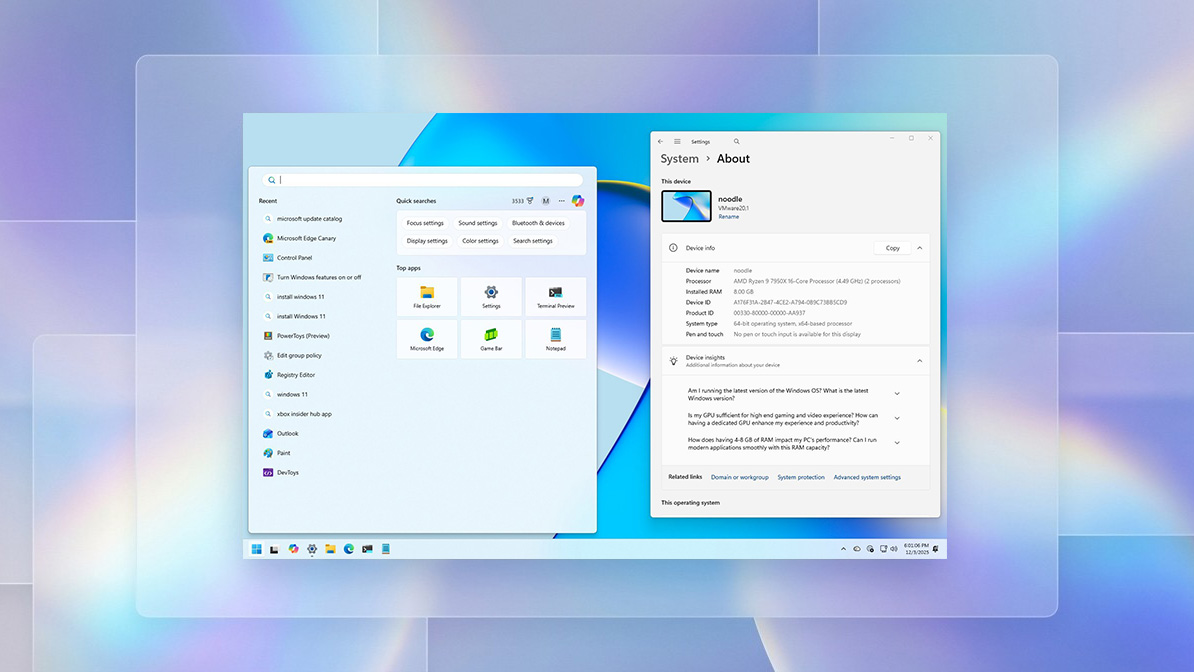A focus on Microsoft's Terry Myerson's 'phone' comments and a dose of common sense
On Wednesday, March 30, 2016, Microsoft's Windows chief Terry Myerson gave candid answers to the Verge's Tom Warren regarding Microsoft's phone position.
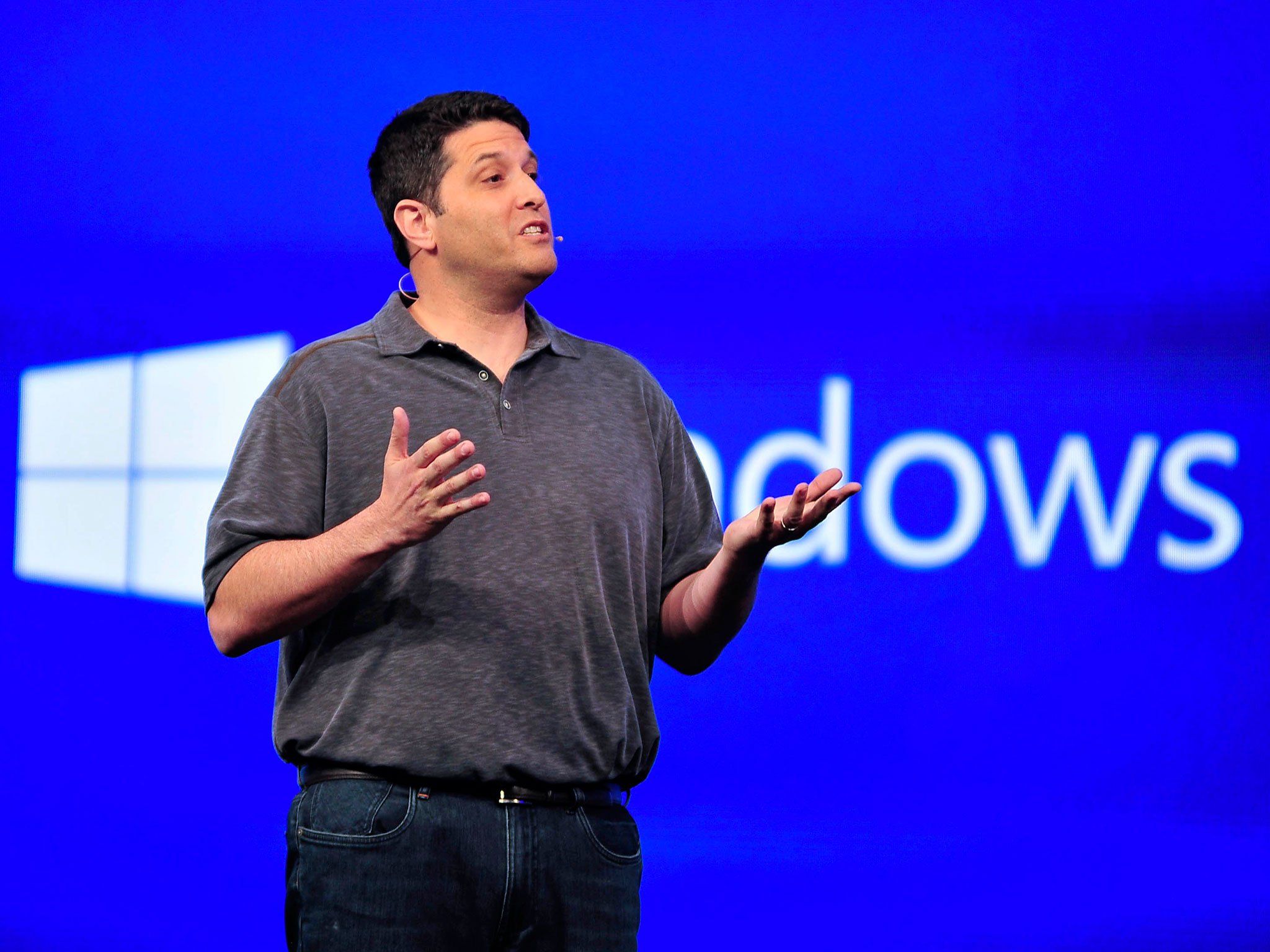
"We're fully committed to that 4-inch screen, there will be a time for it to be our focus, but right now it's part of the family, but it's not the core of where I hope to generate developer interest over the next year."
When viewing Myerson's comments in part or outside of the context of the mobile strategy that Microsoft's CEO communicated in the Summer of 2015, his remarks can be easily misinterpreted. Given the myriad host of negative headlines and commentary on social media that has arisen in the wake of the Verge's piece, this is exactly what has happened.
In this article, we will address what Myerson said within the context of Microsoft's mobile strategy. This strategy, as we know, is currently in a state of retrenchment from the general consumer space while Microsoft works on building the ecosystem that supports the entire Universal Windows Platform.
This article will not be an in-depth analytical piece that challenges your intellect. Nor will it be an emotional appeal to your anecdotal experiences. Here, I'm simply going to appeal to your common sense.
Hocus Focus
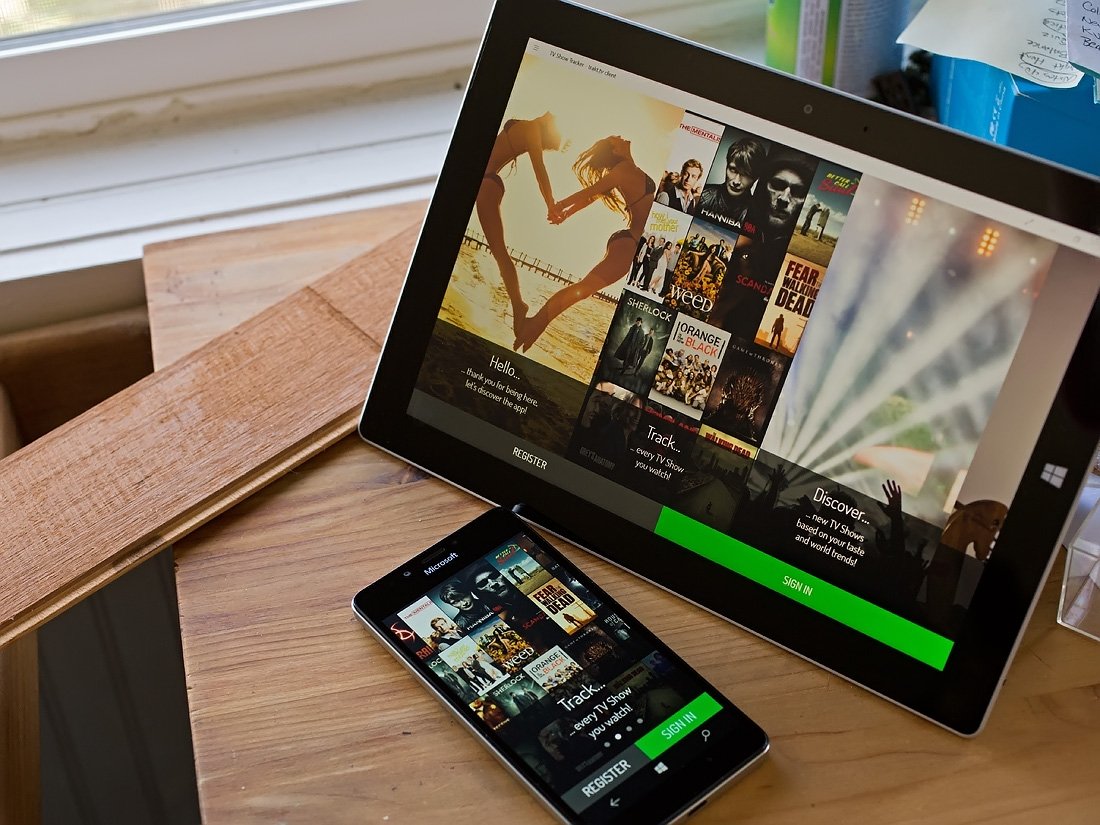
We live in an era that has been dubbed the information age. This era is a fast-paced global culture where our attention is drawn from one story, video or sound bite to the next in a constant quest for "information stimulation."
Moreover, our attention spans have been gradually eroded by the availability of an impossible number of television channels that beckon our attention a moment after advertisements sever our focus from the programming that previously held it. It is a common occurrence for such impromptu channel surfing to result in the abandonment of the program already committed to instead of something new that has grabbed our attention. This distraction is sometimes even accompanied by one actually forgetting what they were viewing previously.
Furthermore, there was a time when much of our reading was a patiently enjoyed experience between the covers of a book as a story unfolded over the course of hundreds of pages. Our patience is now worn after mere hundreds of words are endured on a blog post as alerts nag at our focus to indulge yet another "story." Our minds are so fractured by a constant deluge of momentary stimulation that the newly engaged stimuli seemingly all but purge the previously held information from our conscious memory.
Once we leave the context of a story it is lost and forgotten.
This reality is the challenging world in which we live. A world where our attention is so divided and our focus so quickly shattered that once we leave the context of one story, it becomes lost and forgotten as the "new headline" becomes our "momentary world." In this reality, keeping an eye on the big picture which transitions via a slow but steady evolution as a backdrop across our many "momentary realities" is an exercise of deliberate focus and determined discipline.
All the latest news, reviews, and guides for Windows and Xbox diehards.
Tickling our techie fancy
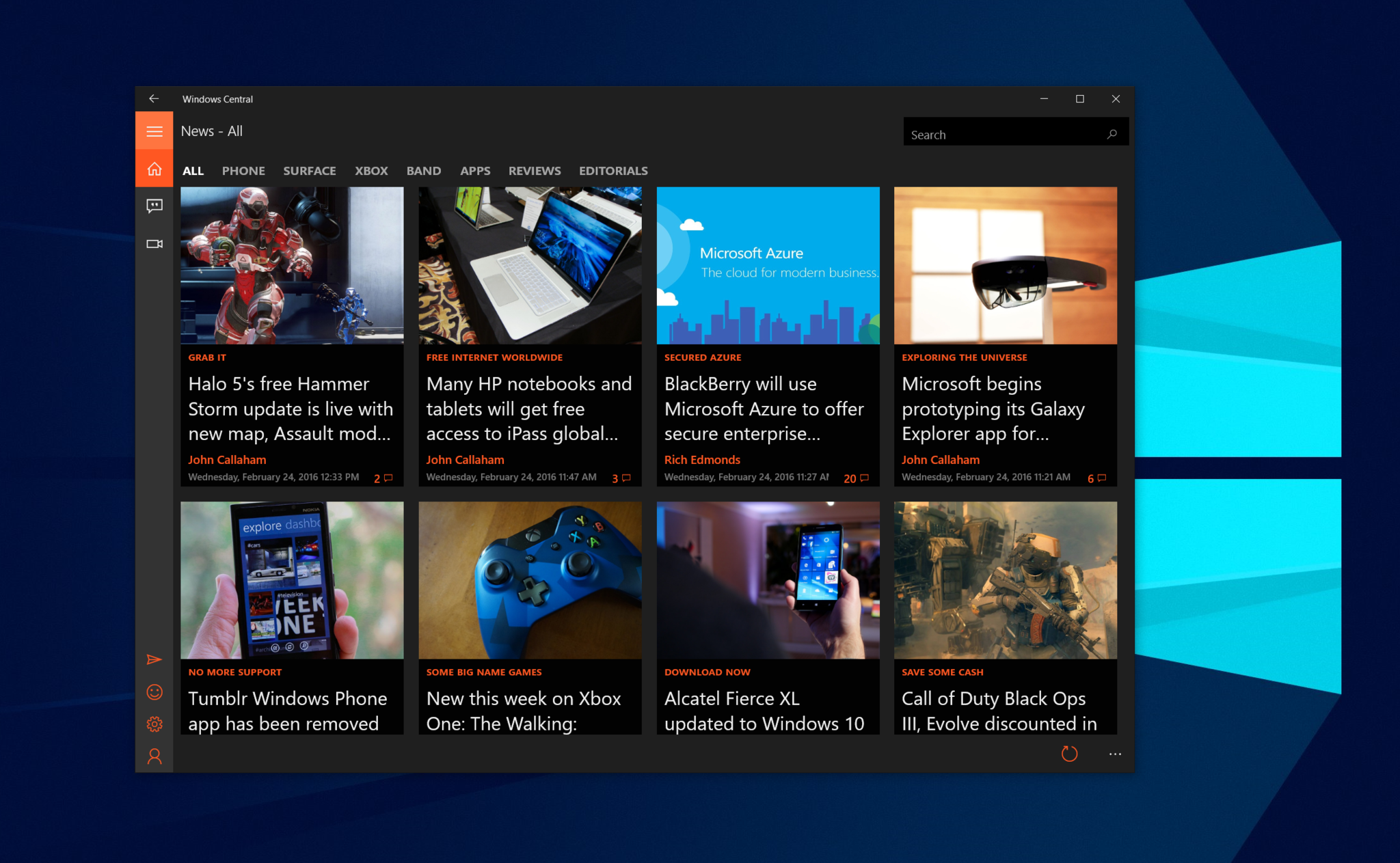
It is within the context mentioned above that many of us, we tech enthusiasts, exist. We pour over article after article and tweet after tweet, thirsty for information. It is our frequent stops at post after post that ultimately leaves us influenced by the "expert" perspective of those with a penchant for writing and a platform to showcase it. Of course, there is nothing wrong with having a particular bias toward a particular platform. Here at Mobile Nations for example, we have a host of writers with different preferences for the popular mobile phone platforms. Android Central, CrackBerry, iMore and Windows Central are outlets and communities for bloggers and readers alike who have a preference for the particular platform these sites focus on.
The strength of such sites and communities is that they provide a constant narrative of the evolution of the platforms they journal. As such it is incumbent upon both a writer and reader to remain abreast of the "story" that is being told. The writer must ensure that the introduction of "new" information is presented within the context of the story that has already been told. The reader is responsible for ensuring that the same is contemplated within that same context. The narrative is a seamless tale fully dependent on the information that has come before and the context it has established. It does not exist within the framework like that of a collection of short stories where each tale exists independent of the one before and after it.
This viewing of information out of context is what occurred on the first day of Build 2016.
This "short story type" narrative, however, is sadly the perspective some tech writers present information in (either by content and/or headlines) or some readers process information in having forgotten the previously established context of the narrative. This viewing of information out of context is what occurred on the first day of Microsoft's Build 2016 Conference when Terry Myerson merely stated what had been communicated by Microsoft's CEO Satya Nadella and CMO Chris Capossela before him.
Many readers (and writers) responded to Myerson's statements as if they presented new information that we have not been aware of since last year. In fact, we've known for months that Windows Phone has been retrenched as the firm focuses on the broader ecosystem. But suddenly Myerson's "new" information has become the "momentary world" from which many perceive Redmond's position on phone as that of "giving up on mobile." Come on guys we've talked about this?
As we delve into what Myerson and other leader's at Microsoft said, please realize this is not a piece to address the merits of the company's mobile strategy. That strategy will either succeed or fail. Time will tell. Our musings on the viability of that plan are better reserved for my other articles. Here I am merely reminding you of the context Myerson's statements exist within so that we can perceive them as I believe he meant them to be understood. I ask that you stick with me with this particular focus in mind.
We've heard it all before
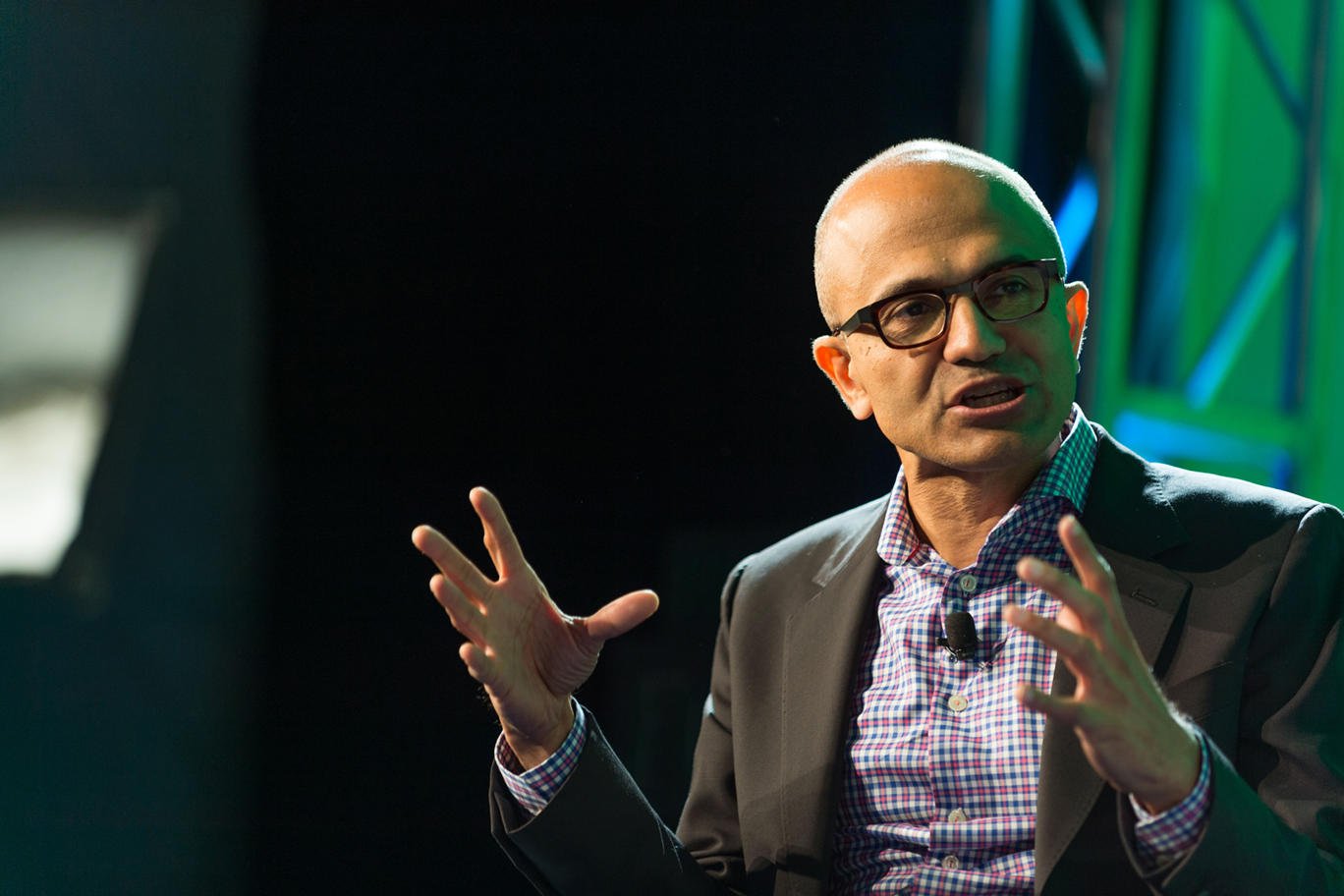
Let's first venture back to the summer of 2015. It was then, via a July 10th memo{.nofollow} from Satya Nadella that we were made aware of the CEO's retrenchment plan for phone.
"I am committed to our first-party devices including phones. However, we need to focus our phone efforts in the near term while driving reinvention. We are moving from a strategy to grow a standalone phone business to a strategy to grow and create a vibrant Windows ecosystem that includes our first-party device family."In the near term, we will run a more effective phone portfolio…We'll bring business customers the best management, security and productivity experiences they need; value phone buyers the communications services they want; and Windows fans the flagship devices they'll love."
What we have gleaned from these statements is that temporarily, as denoted by the qualifier - "in the near term" - Microsoft's mobile phone focus would be on select markets rather than the broader consumer space. The Lumias 550, 650 and 950/XL all released within the last year, serve the value, enterprise and fan markets respectively.
Nadella was clear that the company was focusing on the broader ecosystem.
We also see that during this time of retrenchment that the company's broader focus is on "driving reinvention" and "growing and creating a vibrant Windows ecosystem." Of course, this reinvention and ecosystem growth is seen across the devices and services the company is offering. From hardware like the Surface Book, Lumias 950/XL, HoloLens, Surface Hub and the anticipated Surface Phone we see examples of the firm bringing powerful hardware to the Windows ecosystem. Windows Holographic, Windows as an app development platform, Conversational Canvases and other ecosystem advances announced at BUILD 2016 reveal Microsoft's ecosystem focus to create a platform that appeals to developers.
In a July 13th, 2015 interview with Mary Jo Foley Nadella gives us further context for the retrenchment strategy and assurance of his commitment to phone:
"The reason why anybody would want to write universal apps is not because of our three percent share in phones. It's because a billion consumers are going to have a Start Menu, which is going to have your app.""Why then make all these changes to the Start Menu with Windows 10?...because that's the best way to improve the liquidity of our store…In Windows 10, the store is right there and done in a tasteful way."…the free upgrade for Windows 10 is meant to improve our phone position...If somebody wants to know whether I'm committed to Windows Phone, they should think about what I just did with the free upgrade to Windows…all of this comes down to how are you going to get developers to come to Windows. If you come to Windows, you are going to be on the phone, too.
Nadella is clear that the company is focusing its efforts, during this retrenchment phase, on the weight of the broader ecosystem that has the greatest potential of bringing developers to the Universal Windows Platform (UWP) and ultimately to the phone. He explicitly concedes that developers would not be drawn to write universal Windows apps if the company led with its minuscule phone market share. He didn't use the following language, but it is clear that phone was not the "tip of the spear" of Microsoft's appeal to developers.
Nadella gives further context to the company's approach to mobile by alluding to what he envisions to be the next bend in the curve:
"…the high volume device is the six-inch phone… But to think that that's what the future is for all time…would be to make the same mistake we made in the past…that would be madness.…we have to be on the hunt for what's the next bend in the curve."
Given the company's focus on hybrid devices that transcend categories such as the Surface and Surface Book, many have speculated that a Surface phone would have a hybrid physical design.
Chris caps things off
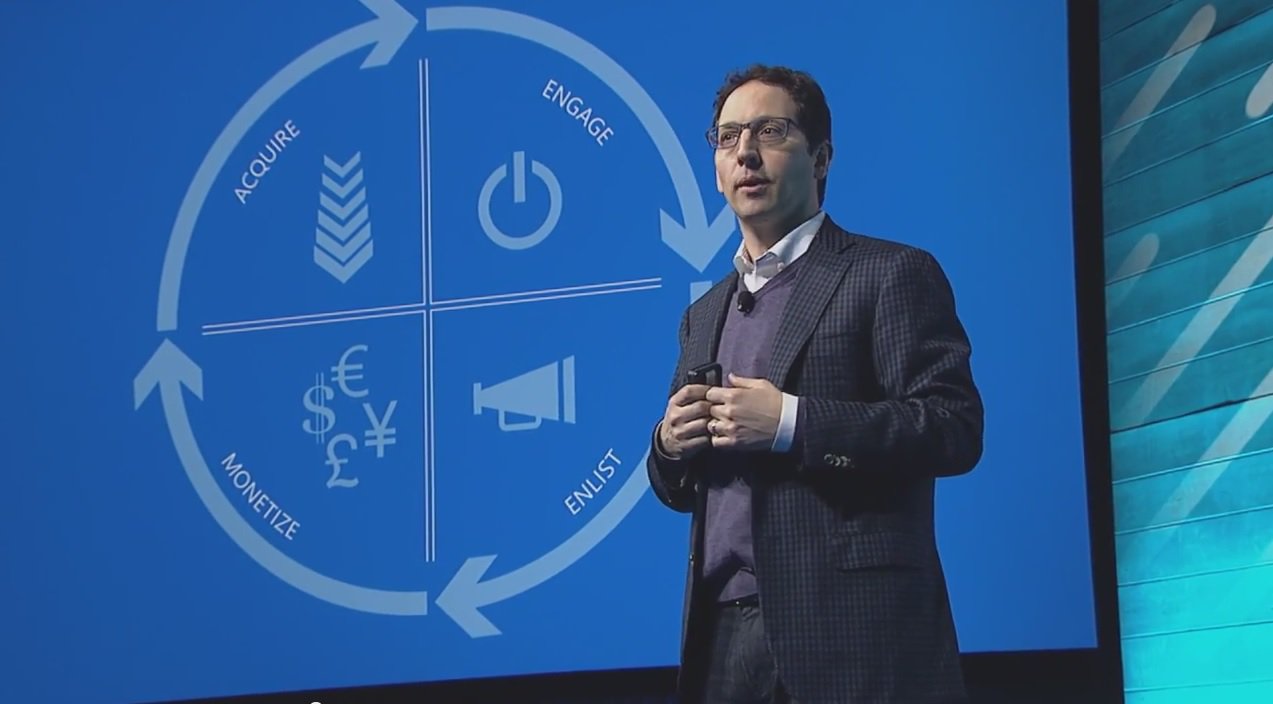
Nearly two months after Nadella's interview with Mary Jo Foley, Chris Capossela sat down with Walter Pritchard. Pritchard asks Capossela specific questions (sure to exclude hybrid devices from the discourse) about Microsoft's phone footprint 3-5 years from that September 8, 2015, date:
Walter Pritchard: …And I'm wondering if you were to fast-forward three to five years from now, we have you guys on stage, what is your -- what is Microsoft's footprint look like in the phone market? Again, let's call them the standard phone, not a hybrid, not just -- just a plain old phone.Chris Capossela: Four to seven inch.Walter Pritchard: Yeah, four to seven-inch touch screen phone, what is the Microsoft role in that market three to five years from now?Chris Capossela: For us in the next couple of years we're really going to focus on building phones that obviously showcase Windows 10, but we're going to try to build phones for two audiences…
This excerpt reveals that for at least two years, beginning in the summer of 2015, Microsoft's mobile efforts would be in its retrenchment phase. During this time, consistent with Nadella's statements, Microsoft would continue working on its phone strategy though it would not be the firms focus.
Furthermore, given the acknowledgment but the deliberate omission of hybrid devices from the 4 – 7-inch 'phone' conversation, we are reminded of Nadella's references to a device that sits beyond the next bend in the curve. I envision some "cool thing" Microsoft is doing with phone though Capossela didn't put it that way.
'T' Time
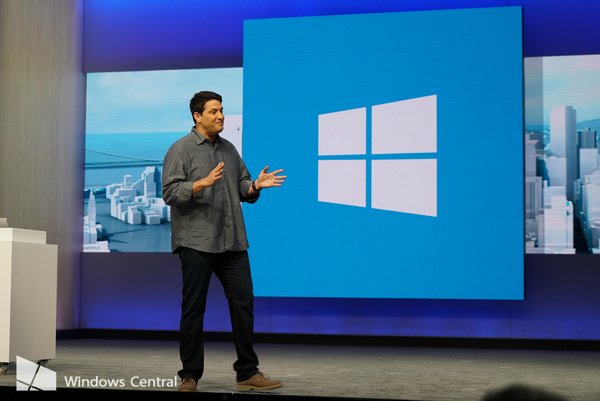
This brings us to the statements made by Terry Myerson:
"If you wanted to reach a lot of phone customers, Windows Phone isn't the way to do it." "If you want to reach a lot of Windows customers, then this is the largest install base of 9 to 30-inch screens. If you wanted to do new and exciting things, then the Xbox and HoloLens is the place to have a discussion.""We're fully committed to that 4-inch screen, there will be a time for it to be our focus, but right now it's part of the family, but it's not the core of where I hope to generate developer interest over the next year," explains Myerson. "There's no lack of recognition to realize how important that form factor is, but for Microsoft with Windows and for our platform it's the wrong place for us to lead.""We're going to do some cool things with phones, but this year phones are an important part of our family but not the tip of the spear."
Clearly Myerson's statements are well aligned with what we have received from Nadella and Capossela. Areas where the company is publically pushing the envelope are with HoloLens and gaming, thus a reference to new and exciting things in those areas. His reference to 9 to 30-inch screens is clearly where the bulk of Windows users are which is a theme that Nadella has consistently communicated. Moreover, his statement about the company's commitment to the 4-inch screen, though not an area where Microsoft is currently serving a lot of customers, is a clear echo of Nadella's professed commitment to phone:
"If somebody wants to know whether I'm committed to Windows Phone, they should think about what I just did with the free upgrade to Windows…"
When Myerson stated that, "there will be a time for it (phone) to be our focus, but right now it's part of the family," we are reminded of Nadella's 2015 statement that the company is focusing its efforts on "growing and creating a vibrant Windows ecosystem."
Furthermore, when Myerson expressed, "it's (phone) not the core of where I hope to generate developer interest over the next year", we see a clear parallel to Nadella's earlier statement about reaching developers:
"The reason why anybody would want to write universal apps…is because a billion consumers are going to have a Start Menu …the free upgrade for Windows 10 is meant to improve our phone position."
Additionally, Myerson's reference to "the next year" aligns closely with a two-year time frame for the retrenchment strategy.
We're going to do some cool things with phone.
Finally, Myerson's closing his statement with, "We're going to do some cool things with phones" seems to be a confirmation of Nadella's search for what the next bend in the curve would be. If Myerson's statement is anything to go by, it sounds like Microsoft may have found what they were looking for beyond the curve.
Wrap Up
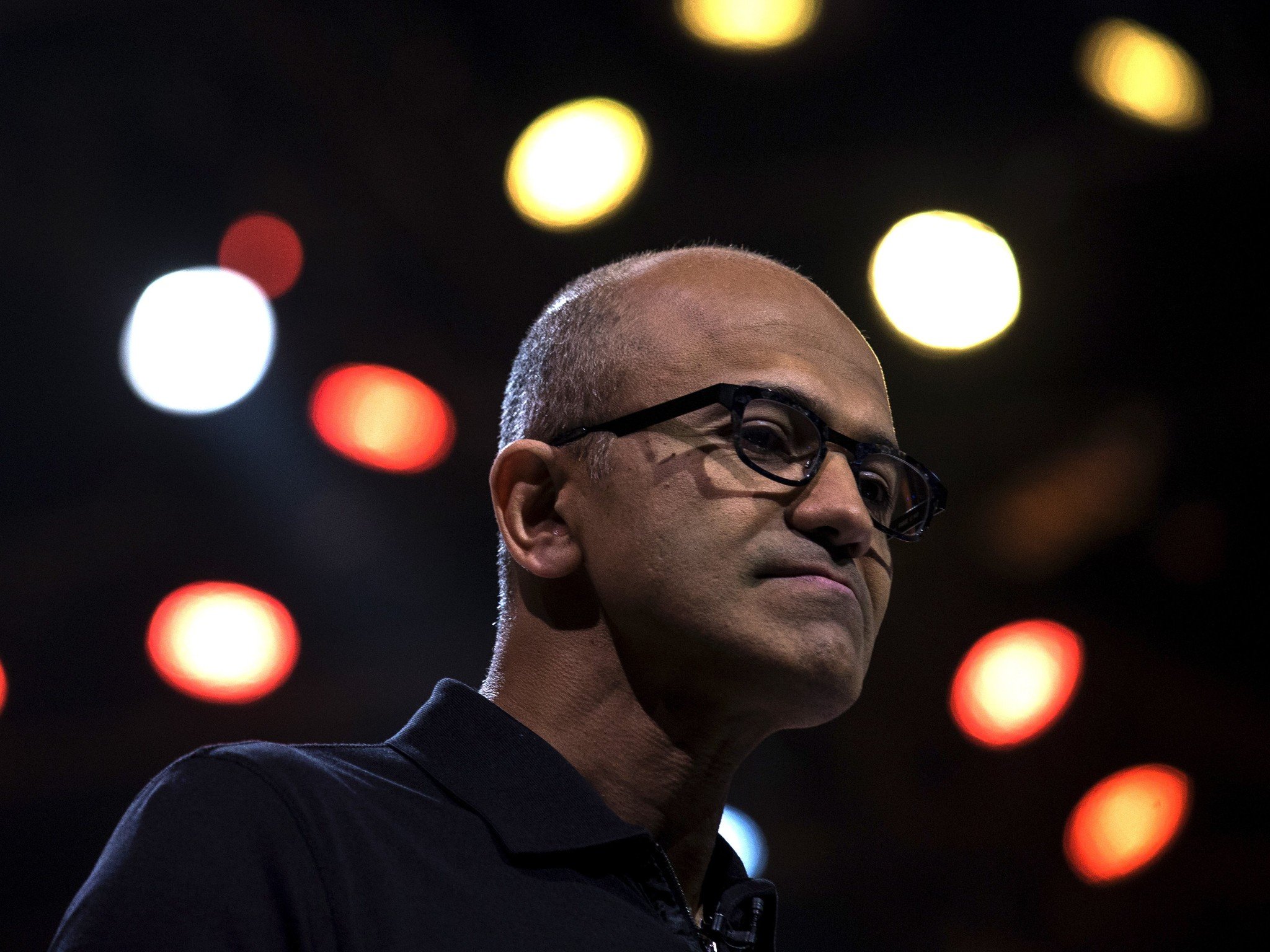
I know that it is a challenge in this fast paced world to remain focused on the slowly evolving "big picture." Especially in the realm of tech where opinion and varying analysis abound. As the dynamic field of social media and tech blogs flash a dizzying assortment of content to us literally by the minute; a grasp of the context of the narrative we are attempting to follow may be lost.
I encourage readers (and aspiring writers) to strive to position any "new" elements to the "story" you are following or journaling, within the context that has already been established. Doing so will preclude "uproars" like that we've just witnessed when Microsoft's Windows chief, Terry Meyerson only said what the company's CEO and CMO stated last year. In truth, Terry just added further narration to a retrenchment story (a strategy) that has been being told since last summer.
Again, this article was not an analysis of a mobile strategy. Nor was it a piece to challenge your intellect or incite your emotions. It was, rather, an appeal to our collective common sense. Common sense is that most basic, yet often most discerning, part of our ability to perceive. It does not require formal training or education to be effective. It is this sense that when employed absent the "noise" of the internet and social media clearly sees past sensationalist headlines and content presented out of context.
That said, after viewing Myerson's statements within the proper context our common sense dictates that there's nothing new to be upset about as nothing has changed.

Jason L Ward is a Former Columnist at Windows Central. He provided a unique big picture analysis of the complex world of Microsoft. Jason takes the small clues and gives you an insightful big picture perspective through storytelling that you won't find *anywhere* else. Seriously, this dude thinks outside the box. Follow him on Twitter at @JLTechWord. He's doing the "write" thing!
